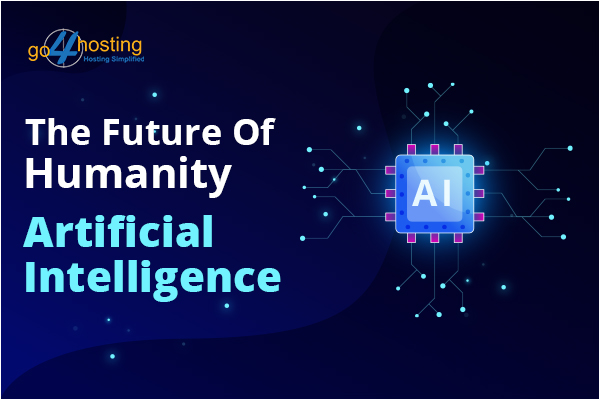Table of Content
Alan Turing, the man who cracked the Nazi code laid down the foundation for artificial intelligence. Alan simply asked himself ‘can machines think? The Turing test introduced by Alan Turing in 1950 is used to determine whether a machine can exhibit human intelligence. According to the test, the machine should be able to fool a human into thinking that he or she is talking to another human being. Artificial intelligence is an attempt to replicate human intelligence in machines. According to the futurists, Ray Kurzweil machines will become as intelligent as humans by 2029.
Artificial intelligence can be divided into three categories:
Artificial General Intelligence
Artificial General Intelligence is similar to a human being. It is capable of using its intelligence for problem-solving. The aim is to create a machine with human intelligence capable of performing human-like tasks.
Artificial Narrow Intelligence
More often than not, narrow AI is used for performing a single task. It functions under various types of restrictions and limitations. Narrow AI is powered by machine learning and deep learning. Machine learning utilizes data instead of codes to train a computer. In deep learning, a neural network is used to process the data allowing the machine to gain a deeper understanding.
Artificial Super Intelligence
Artificial superintelligence refers to a machine that is capable of taking actions on its own. It will possess the capability to express itself logically, emotionally, and artistically. ASI has been depicted in numerous Sci-Fi cult classics such as Arnold Sweznegar in the Terminator.
The Four Types of Artificial Intelligence
Reactive Machines-It is only capable of performing a limited set of actions. This makes the machine more reliable and trustworthy. It means the machine will be able to repeat the same action with precision and consistency.
Limited Memory-Artificial intelligence utilizes data to make predictions for the future. Limited memory AI is used for automatically training models to analyze new data.
Theory of Mind-It is a theoretical concept that implies that machines can be capable of thinking and feeling emotions like humans.
Self-Aware-The ultimate goal for artificial intelligence is for the machine to become aware of its existence. This kind of artificial intelligence will possess human-like consciousness.
Advantages of artificial intelligence
Artificial intelligence can be used to prevent diseases among humans. Autonomous vehicles can play a significant role in preventing accidents caused by human drivers. Virtual assistants can also perform tasks given by humans through language processing. The brain-machine interfaces can also help humans to cure numerous medical disorders such as blindness, paralysis, anxiety, and drug addiction.
Disadvantages of artificial intelligence
Draconian governments can use artificial intelligence for surveillance. Artificial intelligence can also play a major role in future wars. Gabe Dalporto the CEO of Udacity said that around one billion people will lose their jobs because of Artificial intelligence by 2030. According to the UN, 71% of the world population are living in countries where inequality has significantly increased. Artificial intelligence can further widen the divide between the haves and the have-nots.
Conclusion
Tech giants like Google, Microsoft, and Amazon are spending billions of dollars on developing AI products and services. MIT has also spent $1billion on a college focused solely on artificial intelligence. The Indian defense establishment has also shifted its focus toward AI on developing AI-powered weapons and surveillance systems. The Indian government has also invested 100 crores in the Defense AI project Agency (DAIPA). Defense minister Rajnath Singh said that “around 25 AI defense products will be developed around 2024”. We are rapidly advancing towards an age of artificial intelligence. It is crucial that we tread this path with great caution harnessing this technology to create a better future.






 Live Chat
Live Chat